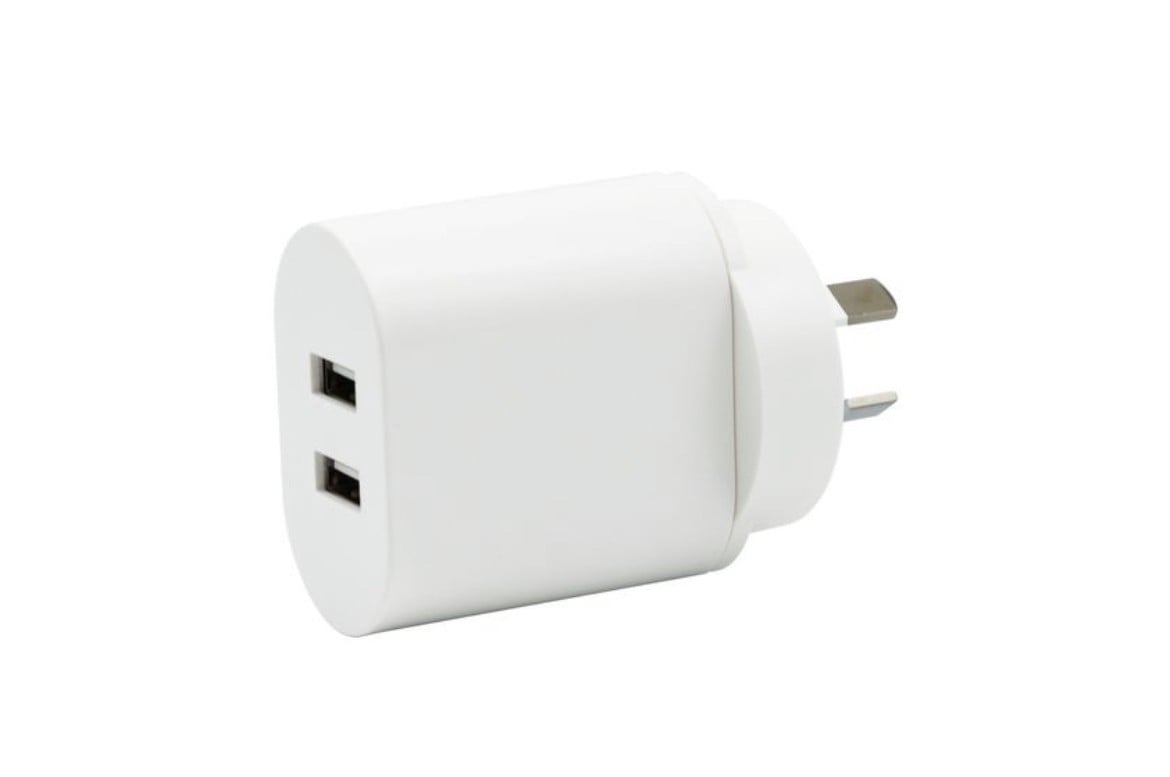Is it safe or does it have to go into the wall?

|
|
As always when plugging things into power boards, you need to add up what is already plugged in and see if the new total can exceed the rating of the board or of the wall plug (10 amps, which at 230 volts works out to 2300 watts). Make sure you add up the input watts, as they are normally higher than the output watts. And then when you have the total for that wall plug, add up what is on the other wall plugs on the same circuit to make sure that the total does not exceed the rating of the circuit (which is the rating of the circuit breaker or fuse for that circuit on the mains panel). Power circuits are typically 15 or 20 amps, although old houses may have some 10 amp ones. And then if the circuit is on a sub-board (for example a separate garage), then total up all the circuits on the sub-board and check that it does not exceed the rating of the circuit to the sub-board from the main board. And then, for good measure, total up all the circuits on the main board and ensure they do not exceed the rating of the main breaker or fuse (which is the rating of the line going into the house).
Overloading any circuit is a good way of burning a house down, so it pays to think about what you are plugging in so as not to do that. Power boards are often very cheaply made and the weakest link, so are commonly a thing that starts a fire. As are extension cords.
That said, the current USB charging standard only allows for up to 100 watts of output. So if a 100 watt charger is say 80% efficient, it will only be drawing 125 watts from the mains. Your pictured charger is too small to be one that outputs anything much more than about 35 watts, and it likely would be doing that across the two ports in total, rather than doing 35 watts per port for 70 watts output and maybe 88 watts input. So the numbers are small compared to the 2300 watts the wall socket will allow. Your power board may have a smaller rating though, and if you happen to have an electric heater plugged into it, an extra 88 watts might be enough to cause problems.
|
|
